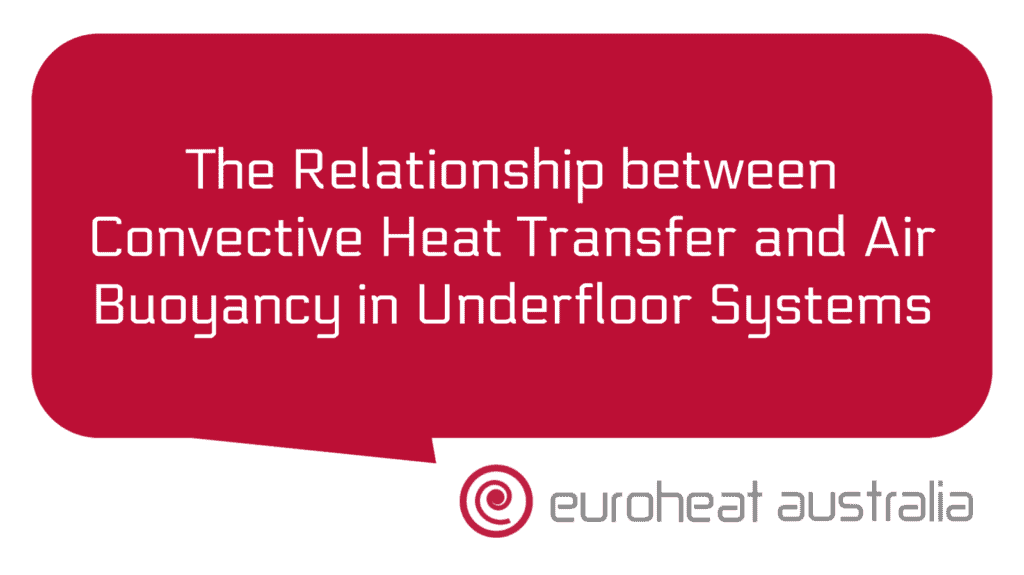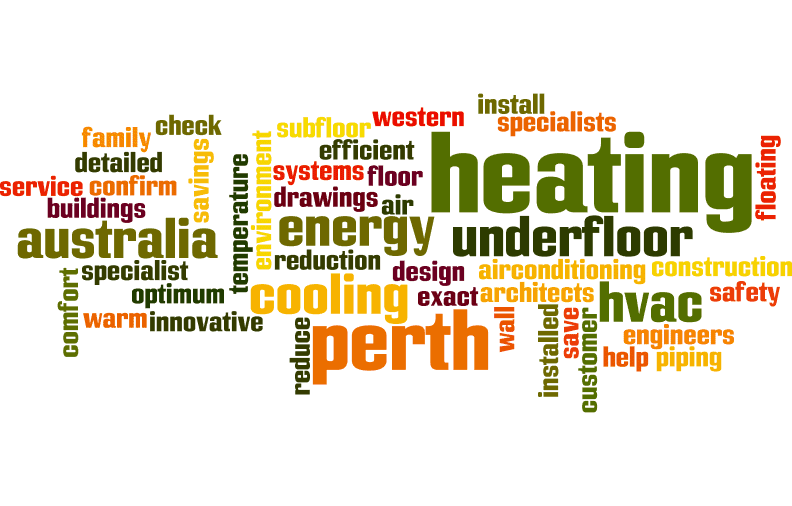If you’re a homeowner in Australia looking for ways to save money on your energy bills and make your home more comfortable, you may have come across automated ventilation systems with heat recovery. These systems can help you save money on heating and cooling costs, while also providing better air quality in your home.
Heat recovery is the process of recovering heat energy from one source and using it to heat or cool another area. Automated ventilation systems with heat recovery are designed to use this process to recover heat energy from stale, warm air that would otherwise be exhausted outdoors and use it to pre-heat or pre-cool fresh outdoor air coming into your home. This means that instead of relying solely on traditional heating and cooling systems such as boilers, radiators or air conditioning units, you can use the recovered energy from the ventilation system to help maintain a comfortable temperature inside your home.
There are several different types of heat recovery available in automated ventilation systems. The most common type is ‘counterflow’ heat recovery, where warm stale air is passed through a core before being exhausted outdoors and cold fresh air is passed through the same core before entering the property; this recovers some of the warm stale air’s energy and transfers it over to the cold fresh air so it’s not completely cooled by outside temperatures before entering the property.
Another type of heat recovery used in automated ventilation systems is ‘crossflow’; this uses two separate cores for transferring recovered energy between warm stale and cold fresh air. It operates by passing warm stale air through one core while cold fresh air passes through a second core, where some of its energy is transferred over; this then helps pre-heat or pre-cool the incoming fresh supply of outdoor air without having to rely solely on traditional heating or cooling equipment.
Finally, there are ‘enthalpy’ heat recovery units which are designed specifically for climates where both heating and cooling conditions can occur at different times throughout the year; they work by recovering both moisture (in addition to heat) from warm stale air so that when used in humid climates they can reduce condensation build up inside your property.
The main benefits of installing an automated ventilation system with any type of heat recovery is that it will help reduce your reliance on traditional heating and cooling equipment such as boilers or radiators/air conditioning units, saving you money on fuel bills during both winter & summer months; research has shown that installing a system like this can result in reductions up to 30% on annual fuel bills depending on what type of system you install & how efficiently it’s maintained!
In addition, using an automated ventilation system with any type of heat recovery also helps improve indoor air quality by exchanging old stale & polluted indoor air with new fresher outdoor supplies; this ensures any pollutants such as dust mites & mould spores don’t linger & cause respiratory illnesses for anyone living inside the property!
For homeowners in Australia looking for professional design & installation services for their hydronic heating & cooling needs, Euroheat Australia offer 30 years experience in designing & constructing systems tailored specifically for each individual customer’s requirements; their team always take into account all aspects including budget – from initial consultation right through until installation – ensuring each project meets customer satisfaction every time! So if you want a high quality hydronic heating & cooling system installed which offers all these great features plus improved cost efficiency then why not get in touch today?





